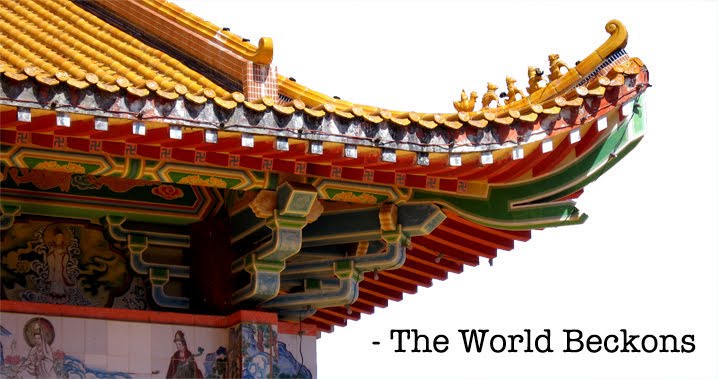Kraków, Poland – The city's history reaches back much farther than the past 80 years.
And much has happened since.
Yet, its prominent role in the Second World War remains front and centre for many, and I find myself visiting the Oskar Schindler Enamel Factory museum and wandering through Ghetto Heroes Square, where 70 iron and bronze chairs stand as stark monuments to those who never came home from the Holocaust.
The chairs convey the lack of humanity and conjure images of people being separated from their worldly possessions and sent to their deaths, which took place in this square.
 |
| Gate 3 in background (March 1943). |
Some buildings, long abandoned, still lean into the darkness.
Two sections of the original ghetto wall remain, rounded at the top and intended to remind inhabitants of being in a cemetery. Some sections had been constructed of actual pillaged headstones.
In an additional act of cruelty, the wall wasn't built when the ghetto was established, but on Pesach, the Jewish holiday of freedom.
 |
| Location of former Gate 3 (July 2023). |
Recognizing the anachronism, I hold up historical photographs on my phone to match my surroundings. Rounded balconies? Check. V-shaped building at a split intersection? Check.
As the backdrops have not changed, I'm easily able to identify key landmarks and the locations of the four former gates. A choppy black-and-white reel plays in my mind.
And ghosts whisper a chill into my veins.


No comments:
Post a Comment